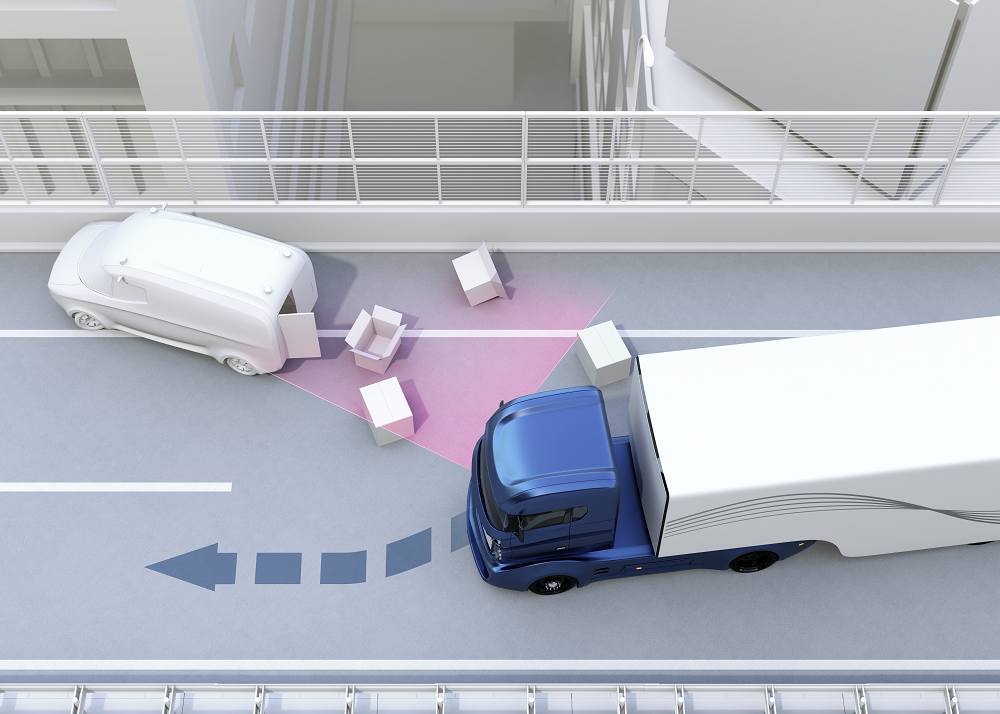The product design process: Deciding what to do

The product design process for smart products has many challenges. We previously explored smart product development and some lessons we can learn from Michelangelo. If companies want to have a successful future, they need to face smart product development head on – and this requires a recipe.
The first step of this recipe is to decide what to do – and come up with a solid plan.
When Michelangelo was working on the Sistine Chapel, he had never done anything like it before. One of the first things he had to do was figure out what the end result was supposed to be. He had to come up with a plan for the finished ceiling.
As much as he didn’t want the project, Michelangelo was an ambitious man. If he was going to paint the Sistine Chapel, he was going to make this ceiling grand. The original request was for a painting of the 12 apostles, but that wasn’t big enough for Michelangelo. He wanted to tell a story of salvation and of early Christianity before the coming of Christ.
In the end, the plan became much more complex, and would include over 300 figures telling multiple stories from the Bible.
Step 1: Decide what to do.
What about those smart products? Like Michelangelo, a lot of companies have never done things like this before as part of their product design process. If we look at smart products such as autonomous cars and smart home monitoring, one thing we can say is that they are all much more complex than their non-smart counterparts.
What else do they have in common, and what are some characteristics of these types of products?
First, they all have some sort of eyes and ears. They can take input from things like sensors, and they’re essentially aware of their environment.
Second, they can self-regulate and adjust their own behavior based on what they observe once they have this information. The autonomous car can avoid a collision. The home monitoring system can decide that it needs to notify the owner.
Third, they’re almost always connected. When the autonomous vehicle takes you from point A to point B, it isn’t a self-contained unit that does that: it’s connected. It uses GPS locations from satellites. It uses cellular data signals to download map data. It gathers traffic information so it can choose an optimal route right now. These cars are a system of systems, operating within a system.

Finally, they are mechatronics-driven. Simple mechanical innovations can’t provide this level of intelligence. Instead, they’re a combination of hardware, electronics and software.
To make these types of smart products, your product development process needs to evolve. It’s more important than ever to come up with a plan.
That much is obvious. If you ask companies, most would probably say they’ve always had a plan.
If that’s the case, then their plan needs to be better.
Planning during the product design process
What does this new plan need to look like?
You need to document clearly what your product is going to do. What are the high level targets the product has? What are the requirements needed to hit those targets? How do those requirements get more detailed as you think more about the implementation?

But setting targets and requirements isn’t enough: you need to understand how the different systems and subsystems are going to work together.
How will the GPS connect to the control module and what information will be passed between them?
What sensors will gather what information, and where will that information go?
Will you connect these sensors with wires, or do it wirelessly?
What data will you get from outside the product? How will it be processed? All of the touch points or interfaces inside and outside the product need to be clearly defined and understood.
Since these products include mechanical parts, software and electronics, you also need to plan for who will do what. There are often multiple ways to achieve the same requirement. Will you use embedded software to process signal input? Will you develop a system on a chip? How will those things work together?
As your products become more complex, these are all things you can and should plan for in the early stages of your product design process.
This concludes part two of our series about the art of the smart product. In part three, we conclude our discussion about the process of companies creating a plan to overcome complexity and finally turning the making smart products into an art.
About the author
Bill Lewis is the director of product marketing for Teamcenter. Bill has spent more than 20 years working with companies in multiple industries to help them solve product development challenges with PLM.


